Blog
Explore the Power of Lithium Innovation
Stay updated with the latest trends, technologies, and application insights in the world of lithium battery solutions
Search the whole station
Explore the Power of Lithium Innovation
Stay updated with the latest trends, technologies, and application insights in the world of lithium battery solutions
As energy storage technologies continue to evolve, lithium-ion batteries have become the core power source for many modern devices. Among the most popular battery formats on the market are the 18650 and 21700 cells. Understanding the differences between them is essential for making the right purchasing decisions. This article compares the two types to help you clearly understand their features and suitable applications.
18650 battery gets its name from its dimensions—18mm in diameter and 65mm in length. It’s a cylindrical lithium-ion cell with a long history of use and a high level of technical maturity. Commonly found in laptops, e-cigarettes, and flashlights, a typical 18650 battery offers a capacity range of 1800mAh to 3500mAh and a nominal voltage of 3.7V.
21700 battery represents an upgrade over the 18650. With a diameter of 21mm and a length of 70mm, it offers more internal space to boost performance. Tesla was one of the first to promote its use. Because its larger size and higher energy density, 21700 battery has started gaining traction in power tools, electric vehicles, and energy storage systems.
When it comes to energy density, the 21700 battery clearly leads. Because its larger size, it can reach an energy density of up to 247 Wh/kg with the same material system, while the 18650 battery typically falls between 180 and 220 Wh/kg. This means the 21700 battery stores more energy at the same weight, offering longer-lasting power for devices.
In terms of capacity, the 21700 battery also stands out. Most cells provide around 4000mAh, with some models reaching up to 5000mAh—significantly higher than the capacity range of 18650 batteries.
As for discharge performance, each battery has its strengths. Some high-rate 18650 cells can deliver large currents in a short time, making them suitable for applications that require sudden bursts of power. On the other hand, 21700 batteries focus more on stable, continuous energy output.

In terms of cost, the 18650 battery offers lower unit price due to its mature production process and high output. It suits applications with tight budgets and moderate performance requirements. 21700 battery, on the other hand, requires greater investment in R&D and production equipment, making its initial cost higher. However, as the technology matures and production scales up, its cost continues to decrease.
For application scenarios, 18650 batteries commonly power small electronic devices, low-power electric tools, and products with strict space limitations. Thanks to their high energy density and large capacity, 21700 batteries work better in electric vehicles, large-scale energy storage systems, and high-power electric tools that demand extended runtime and strong output.

Safety and lifespan rank high among customer concerns. With a smaller size, 18650 batteries dissipate heat more easily, but forming large battery packs requires more cells to be connected in series and parallel. In contrast, 21700 batteries offer higher single-cell capacity, which reduces the number of cells needed in a pack and simplifies the internal structure. However, their larger size raises the demand for proper heat dissipation design. Under proper use and maintenance, both battery types deliver similar cycle lifespans—typically between 500 and 1000 cycles.
When choosing between 18650 and 21700 batteries, consider your product’s specific needs. If you’re building compact consumer electronics and cost is a major factor, the 18650 is a solid option. If your project involves electric vehicles or large energy storage systems and you need higher energy density and longer runtime, go with the 21700. Regardless of the battery type, always check your supplier’s qualifications, verify product certifications (such as UL, CE, and RoHS), and ensure reliable after-sales support.
If you need help with battery sourcing or customization, feel free to contact us. We’re here to provide professional solutions and high-quality products tailored to your needs.
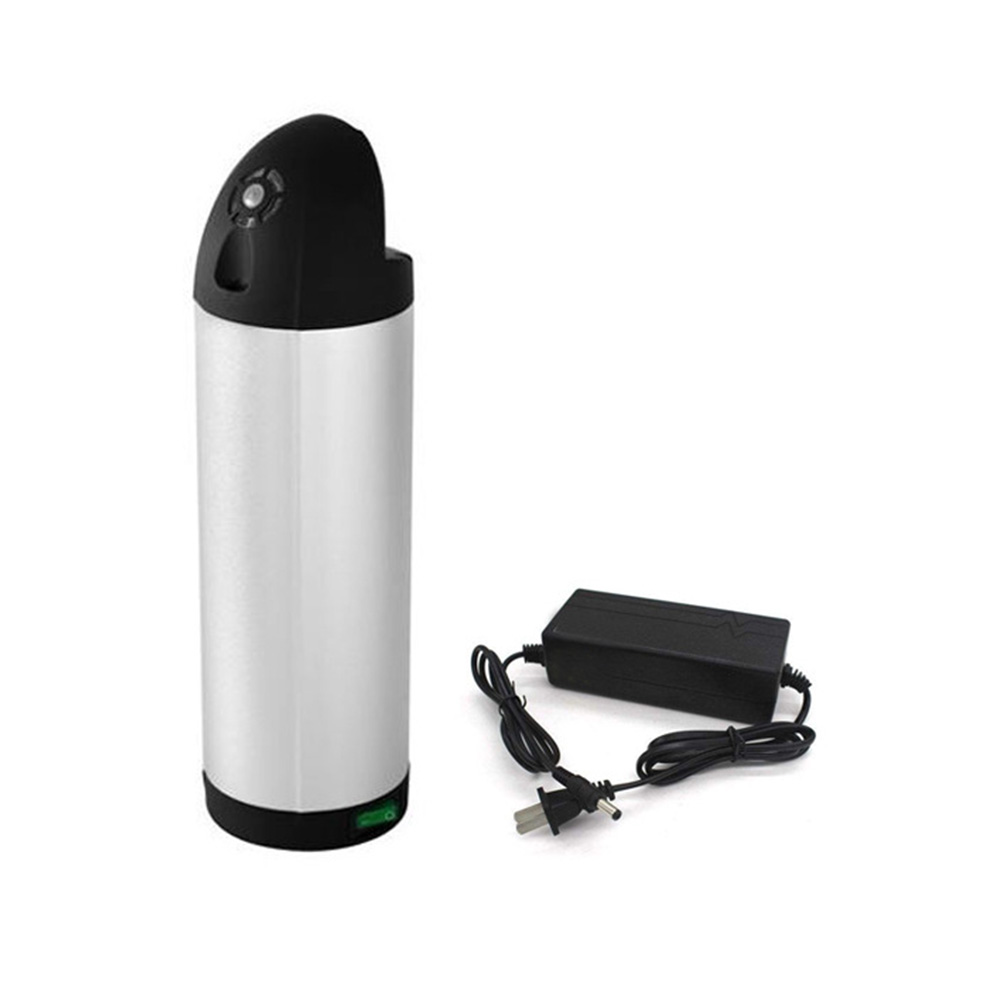
High-performance 36V 10Ah water bottle lithium battery for electric bikes. Lightweight 3.5kg, fast charging in 1.5–2 hours, safe & durable with up to 500 cycles. Ideal for commuting and long rides.
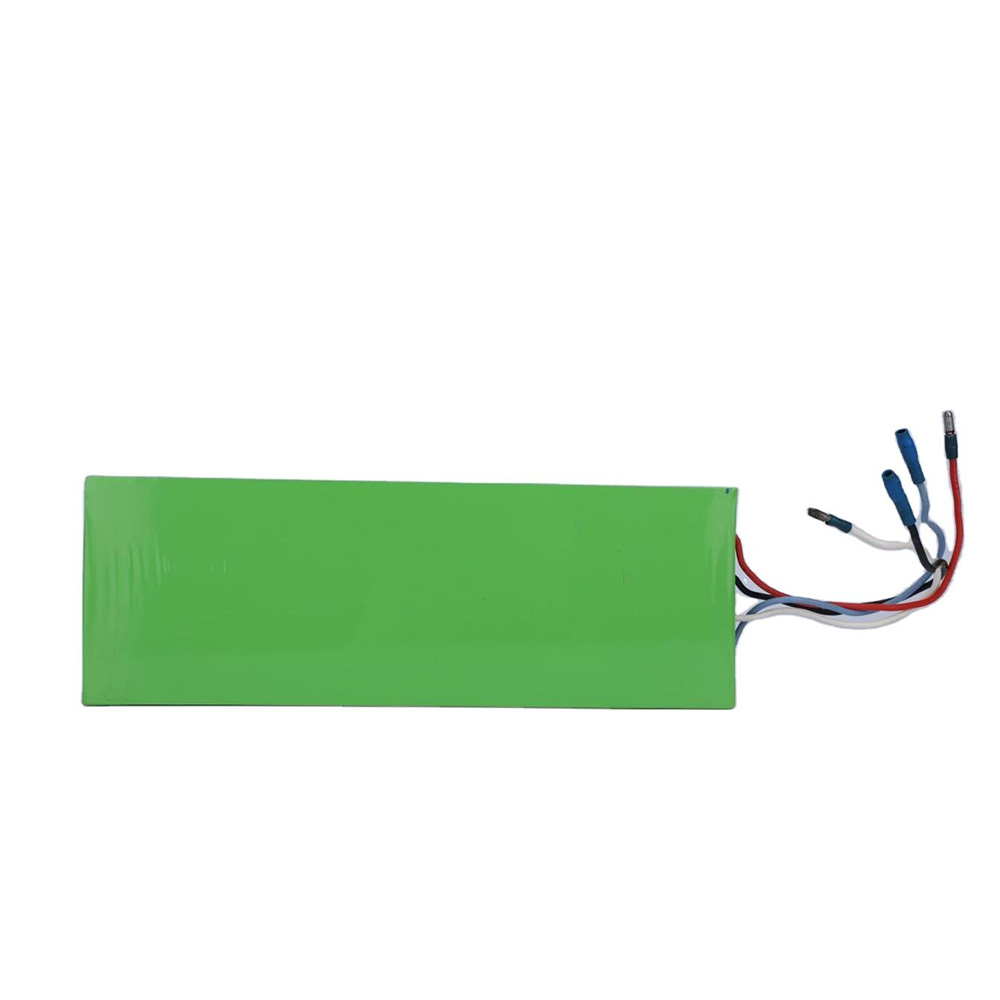
high-performance 18650 Battery 4000mAh, offering stable 24V power and deep cycle support. Perfect for electric scooters, power tools, and energy storage systems. Built-in safety protections ensure long-lasting, reliable performance.
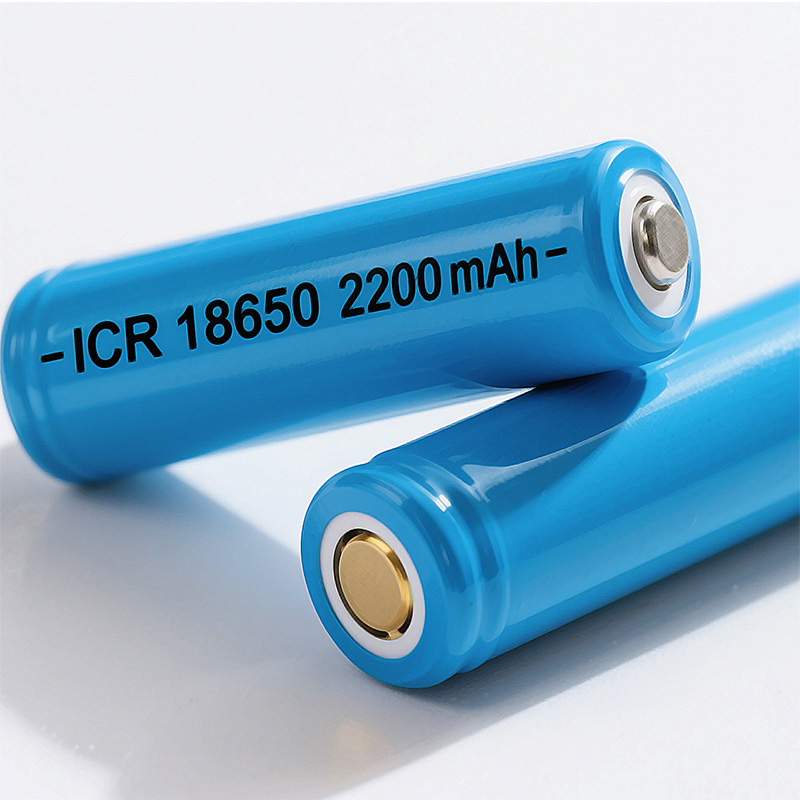
Wholesale ICR 18650 2200mAh 3.7V lithium batteries with optional customized packs. Supports external wiring and various wire leads to meet your project-specific needs.

18650 3.7V 1500mAh lithium-ion rechargeable batteries from China, ideal for flashlights, power banks, electric tools, and more. High capacity, long cycle life, full safety features, and customizable OEM/ODM services. Fast global shipping available.
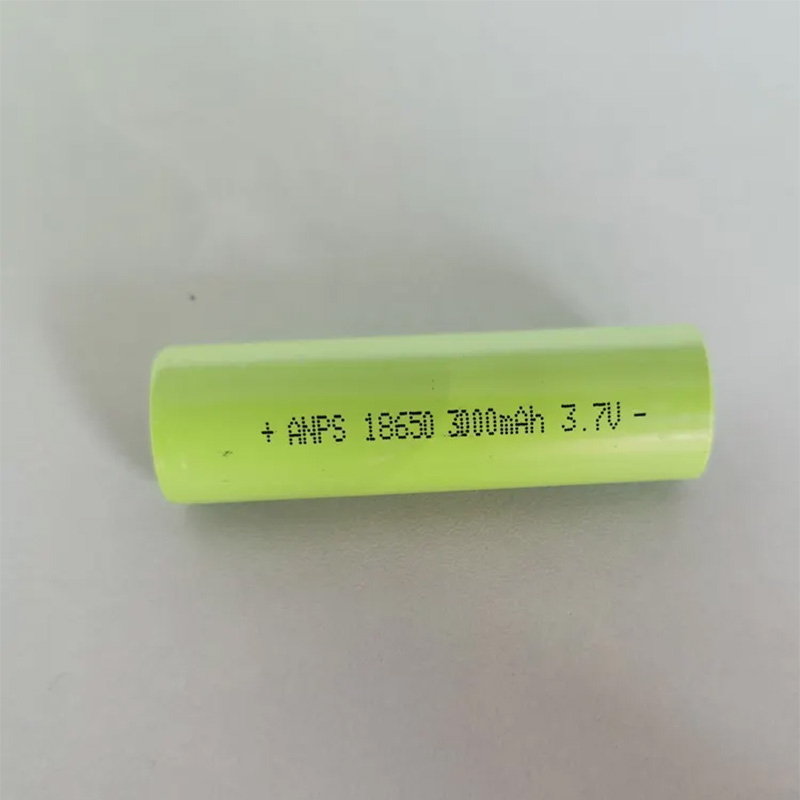
Top-quality 18650 3.7V 3000mAh lithium-ion batteries ideal for electric scooters, power tools, cameras, and more. Long cycle life, stable performance, and customizable options. Fast shipping worldwide. OEM & ODM services available.

High-quality 18650 3.7V 2300mAh lithium ion batteries perfect for flashlights, vape mods, electric scooters, and power banks. Long cycle life, built-in safety features, and flexible OEM/ODM customization available. Fast shipping and competitive pricing for wholesale buyers.

Buy high-quality 18650 3.7V 3300mAh rechargeable lithium-ion batteries ideal for smartphones, tablets, power banks, and electronic devices. Durable, safe, and customizable with built-in protections. OEM & ODM services available. Fast shipping for wholesale orders.
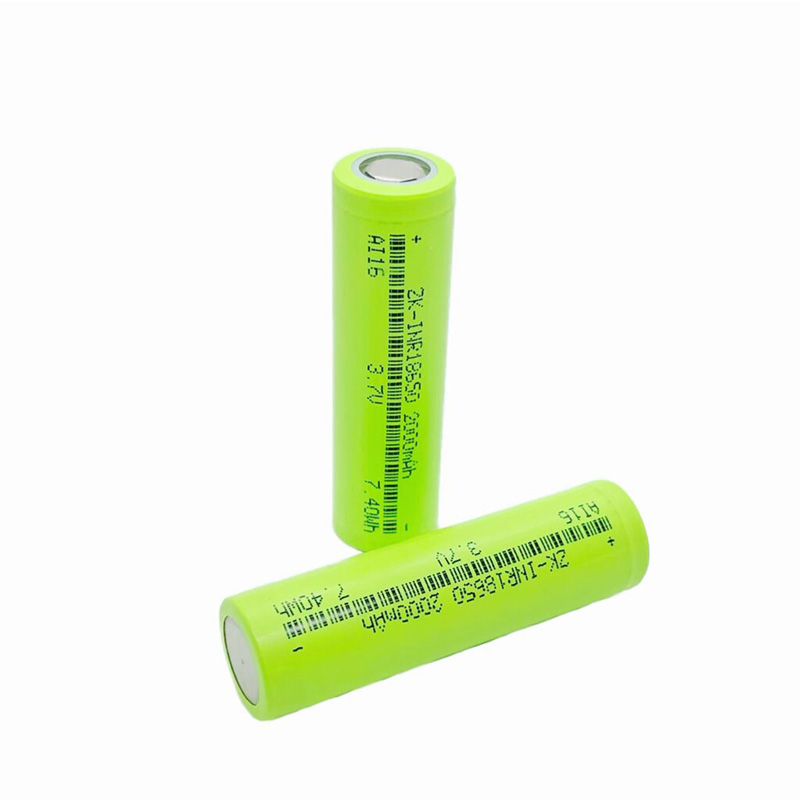
China-made 18650 2000mAh 3.7V lithium-ion batteries, perfect for laptops, power tools, and electric vehicles. Reliable, safe, rechargeable with customization options. Wholesale pricing and fast delivery.
Explore the advantages of 12.8V lithium iron phosphate battery packs for RVs, solar systems, marine applications, and off-grid energy storage. Reliable, long-lasting, and efficient power solutions.
View detailsExplore how custom made batteries are designed — from 18650 cell packs to industrial power systems. Understand the process, challenges, and human thinking behind creating safe, reliable, and purpose-built energy solutions.
View detailsDiscover the advantages, applications, and assembly insights of 10S3P lithium-ion battery packs. Apsenx delivers safe, efficient, and long-lasting customized solutions for electric transportation, energy storage, and professional equipment.
View detailsSince 2023, Chinese power battery companies have accelerated their push into overseas markets to counter overcapacity and expand global share. This article explores export challenges, market opportunities, and the outlook for the industry in 2024 ...
View details
HelloPlease log in